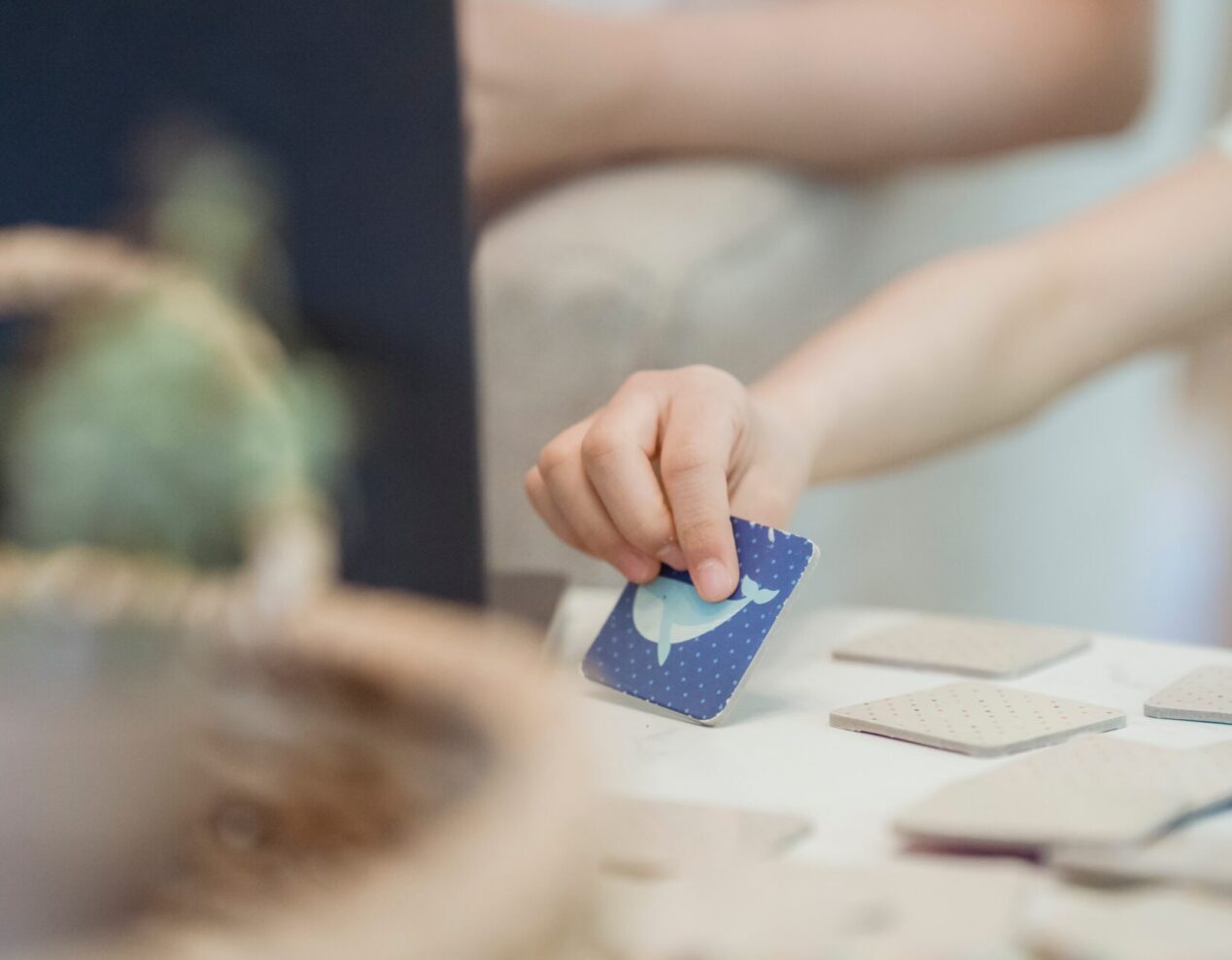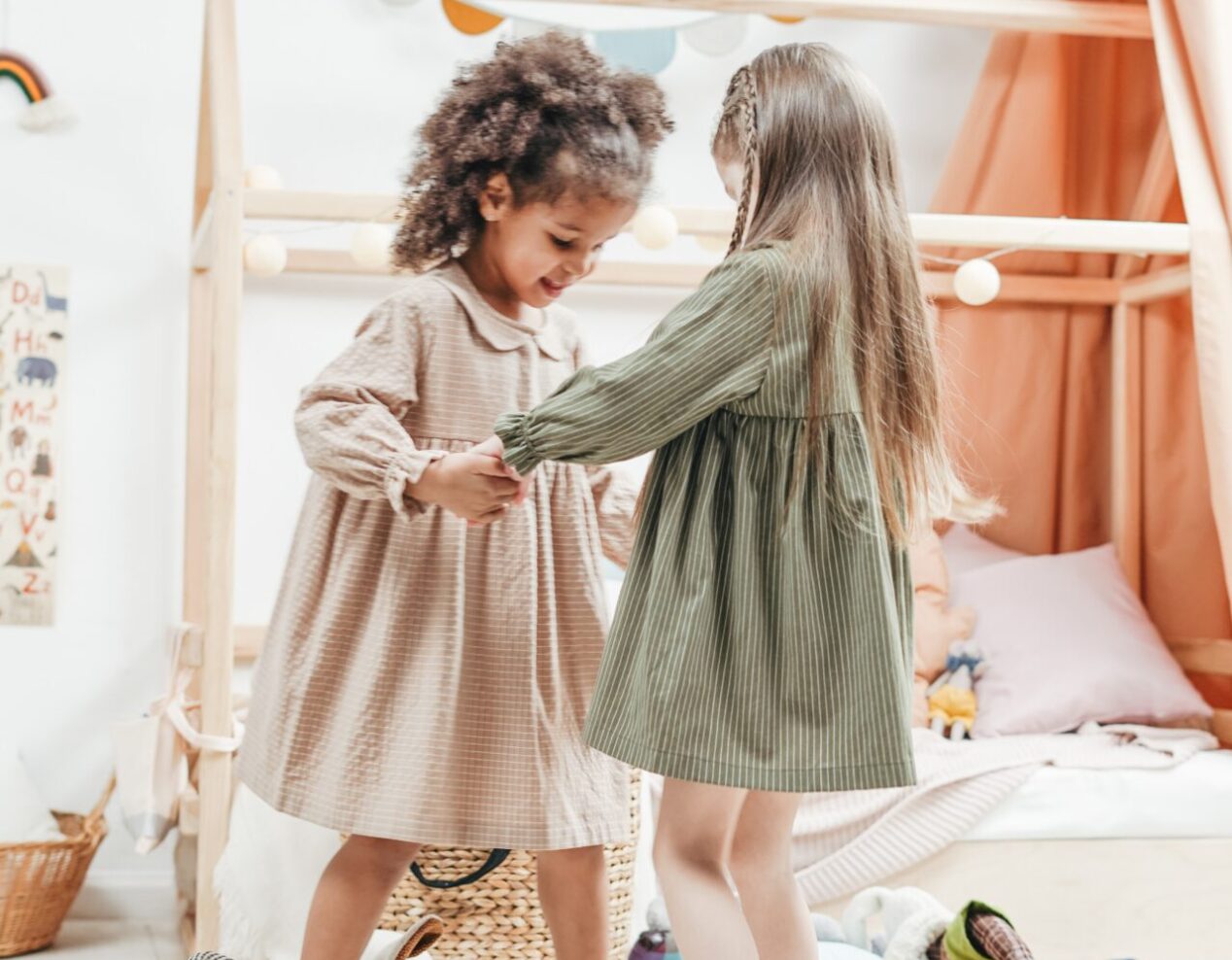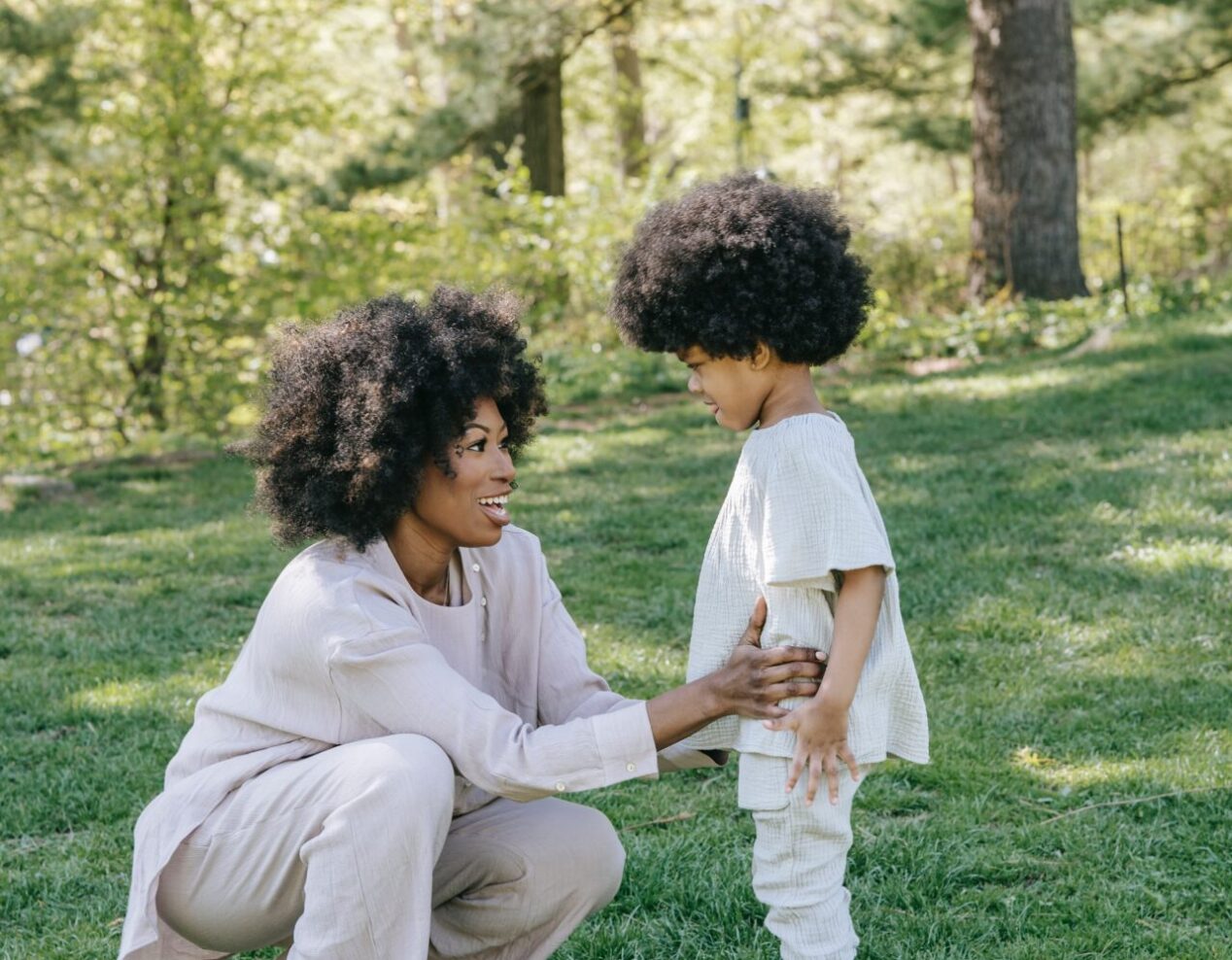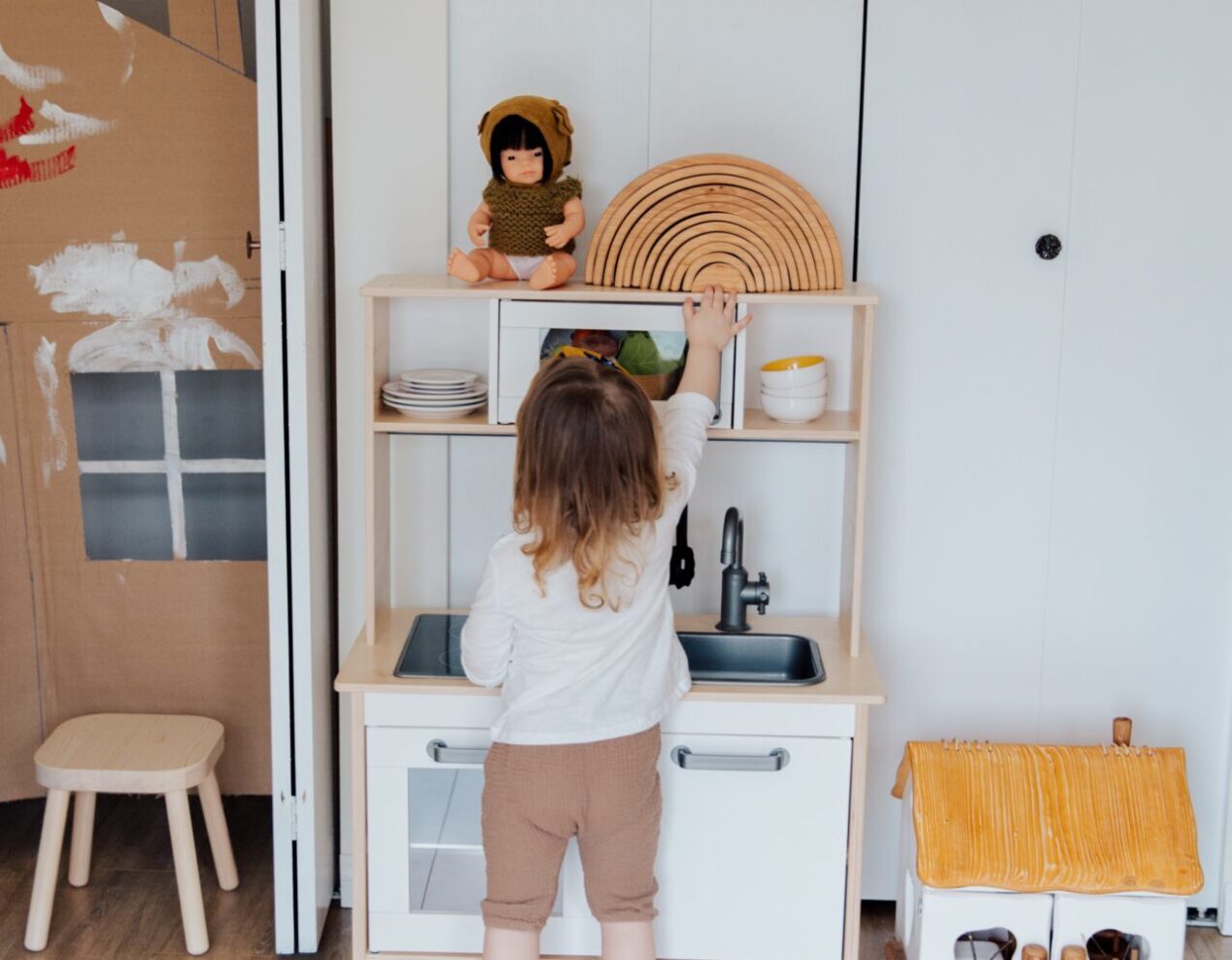Seven engaging activities to help your child excel at pattern recognition

Around the age of 30 months, children typically begin to match identical or similar images of objects. This can be fostered through memory games, personal photos, or recurring images in books.
Below are some delightful ways to encourage pattern recognition with memory games:
A traditional “memory” game with all cards face-down can be quite an intricate task for your child at this stage, but parts of the game can be utilized to introduce matching skills.
By using a memory game like “Vehicles in Motion,” select two identical images and a third one that’s clearly distinct. Display these three images to your child and motivate them to select the matching pair. Involve them in their decision-making process by asking, “how did you determine these two boats are the same?” Even if they can’t respond, pondering this question is an excellent exercise for early reasoning skills.
Provide your child with two matched pairs, such as two identical bicycles and two identical cars, and observe if they can pair the cards without any instructions. Often, children instinctively pair items they identify as identical. If they don’t, prompt them by asking, “can you find two that are the same?” Once they successfully match a pair, repeat the question for the remaining pair.
Should you decide to play the memory game, it’s advisable to start with only two or three pairs and provide a commentary during your turn. For instance, “Ah, I flipped over a train, and I recall seeing another train in this corner“. This activity also presents an opportunity to practice turn-taking. Demonstrate by taking two matching cards, pairing them, and setting them aside, then give your child a chance to do the same.
Here are some exciting ways to encourage pattern recognition in day-to-day situations:
While outdoors, assist your child in collecting leaves that have matching attributes, such as size, color, or pattern. You could also encourage them to match the sizes of different stones.
When you hear an animal’s sound or a vehicle’s noise, ask your child to identify the source: “This sound seems like an animal is meowing; which animal does that?” or “That’s a loud siren asking other cars to move aside; can you tell which vehicle produces that sound?”
Around this age, children also typically begin to match body parts with corresponding ones on a toy. Ask your child to point first to their nose, then to the toy’s nose; as they learn to identify more specific body parts like ankle and knee, you can try the same exercise with the toy.



